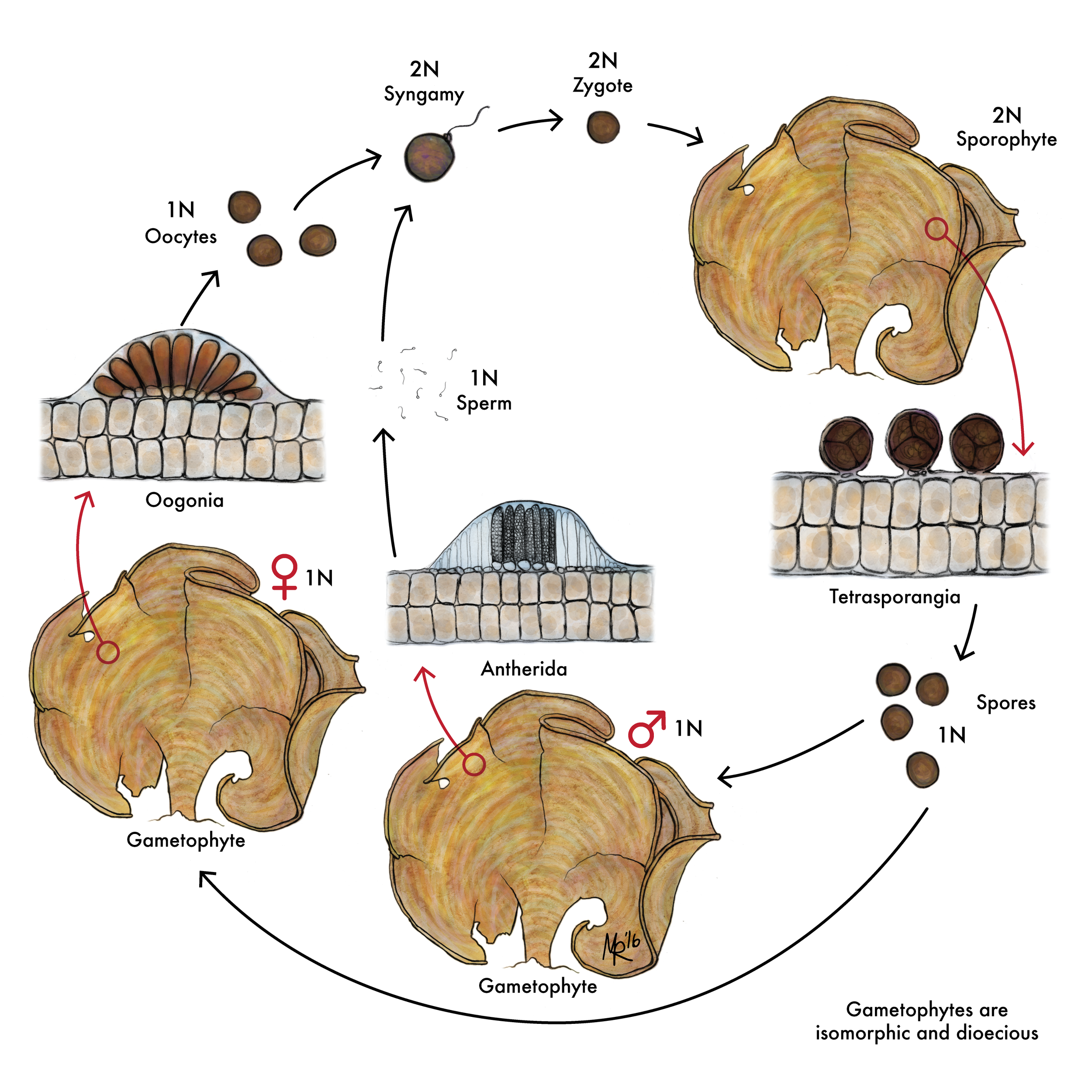A Sloths Life Cycle 4,8/5 7378 votes



Fun Facts for Kids
- The long and coarse fur of this animal is normally light brown, though may seem to be green because of blue-green algae, growing there.
- At a few weeks old, infant sloths get algae colonies into their fur from their mothers. Algae, growing on their fur, do not occur anywhere else. These animals allow algae to live in their fur, providing it with required moisture. Algae, in turn, serve as camouflage, helping them escape predators.
- Males of this species are identified by a bright yellow or orange colored marking between their shoulders. In this patch, they possess scent marking glands, which are used to attract receptive females.
- These sloths practice two types of resting: 'awake-alert' - this is when they rest with open eyes and blink; and 'behavioral sleep' – this is when they are suspended from a tree with their eyes closed.
- These accomplished swimmers drop themselves off branches into rivers to swim. They are known to use breaststroke style, just like humans.
- Muscles make up only 25% of a sloth's body. So when it's cold, the animal cannot shiver in order to warm up.
- Due to a specific shape of its mouth, the Brown-throated sloth seems to smile constantly. The flexible head of this animal can rotate up to 90 degrees.

Sloths are medium-sized mammals that live in the Central and South American rainforests. The sloth got its name from its slow movement, it is not lazy, just slow-moving. The sloth is the slowest mammal on Earth. In total, there are six species of sloth. Sloths belong to the families ‘Megalonychidae’ and ‘Bradypodidae’, part of the.

The Life Of A Sloth
- Life Cycle Sloths reach maturity at about two and a half years of age. Breeding occurs throughout the year and takes place up in the trees with the sloths hanging by their arms as they mate. After a gestation of five to six months, the female gives birth to a single young in the trees. The newborn sloth.
- Sloths, members of the order Pilosa and related to anteaters, are some of the world’s slowest mammals. They are categorized in two families: Megalonychidae (two-toed sloths) and Bradypodidae (three-toed sloths). Despite this taxonomic distinction, all sloths have similar life cycles.